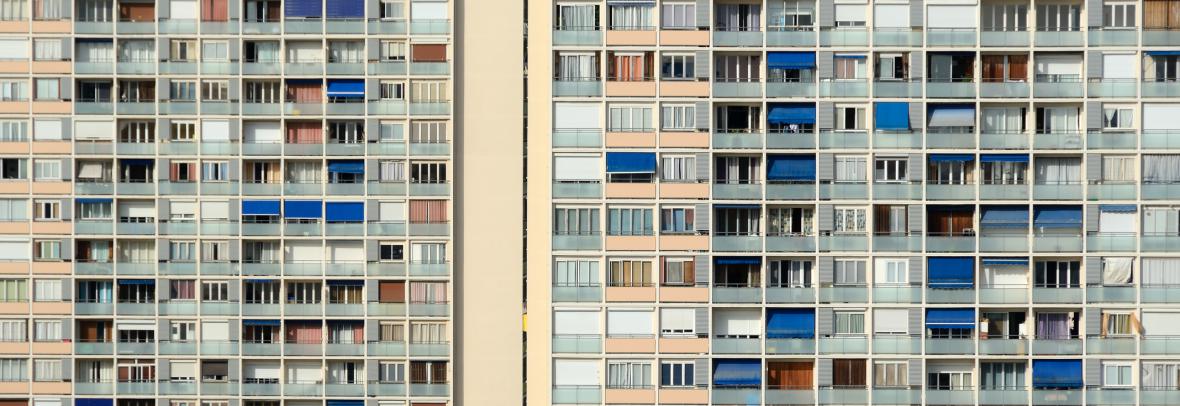
The Low Income Housing Coalition created ERASE to help “the most marginalized renters” apply for federal rental-reimbursement funds. So far, state and local agencies haven’t disbursed much of the total $47B authorized by Congress under two pandemic-relief bills.
WASHINGTON – Money authorized by Congress to help renters affected by the pandemic is largely sitting unused. The 2020 COVID-19 relief package had $25 billion in emergency rental assistance, and the American Rescue Plan passed four months later added an additional $21.55 billion, for a grand total of $46.55 billion in emergency rental assistance (ERA).
To help move more money into the hands of at-risk renters, the National Low Income Housing Coalition (NLIHC) created a program-oversight campaign called the End Rental Arrears to Stop Evictions (ERASE) Project. According to NLIHC, the prime purpose is help “the lowest-income and most marginalized renters it is intended to help.”
ERASE goals
- Prevent evictions by tracking and analyzing emergency rental assistance utilization
- Document and share best practices and toolkits
- Influence and shape program design at federal, state and local levels
- Develop key partnerships for outreach and education
- Assess remaining needs
ERASE offers a series of checklists states and local governments can use to assess emergency rental assistances (ERA) programs. The checklists provide “concrete actions that programs can take to ensure ERA is visible, accessible and preventive.”
NLIHC also created a dashboard to show how much rental assistance has been distributed, called Treasury ERA Dashboard. It includes ERA1 funds – the first $25 billion approved for relief in 2020 – from all 50 state ERA programs, D.C.’s ERA program and almost 300 local ERA programs.
Florida money for landlords
At the end of July, Florida had received more than $870 million for rent relief but distributed only about 2% of that money, according to the Tampa Bay Times. More money is also projected to come in, with total funding expected to be more than $1.56 billion.
The statewide distribution point for Florida landlords and tenants is OurFlorida.com. However, many local governments are also distributing federal reimbursement funds, and the Consumer Financial Protection Bureau (CFPB) released a web tool to help renters and landlords find other nearby sources that can help. It’s online at consumerfinance.gov/renthelp. (Choose “Florida” from the website’s dropdown box.)
© 2021 Florida Realtors®
Go to Source
Author: kerrys



